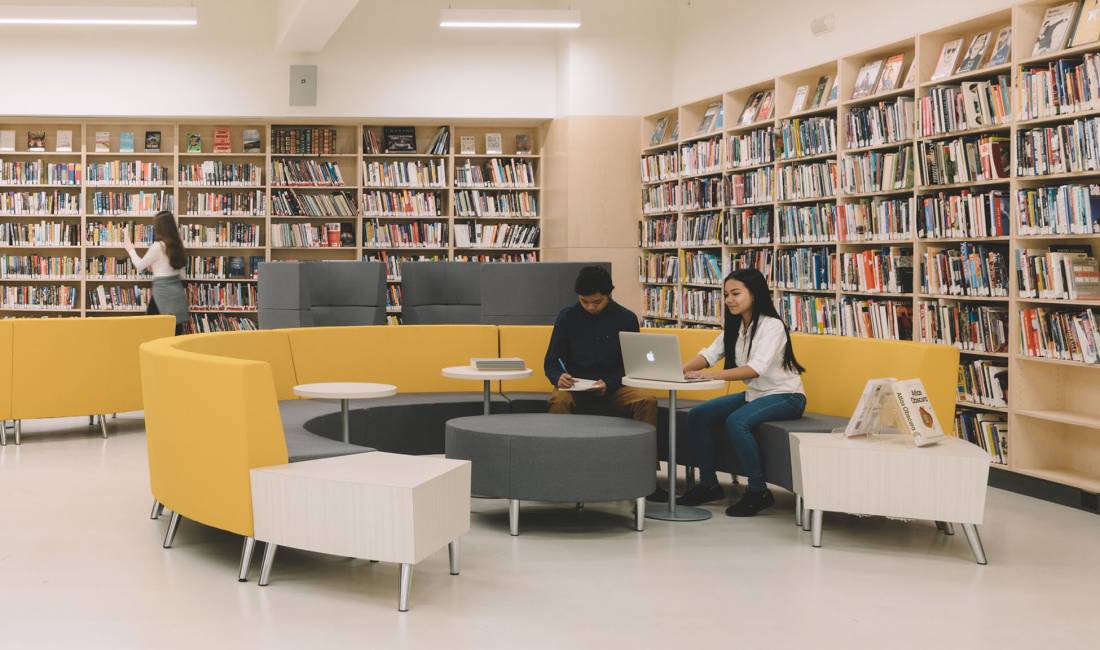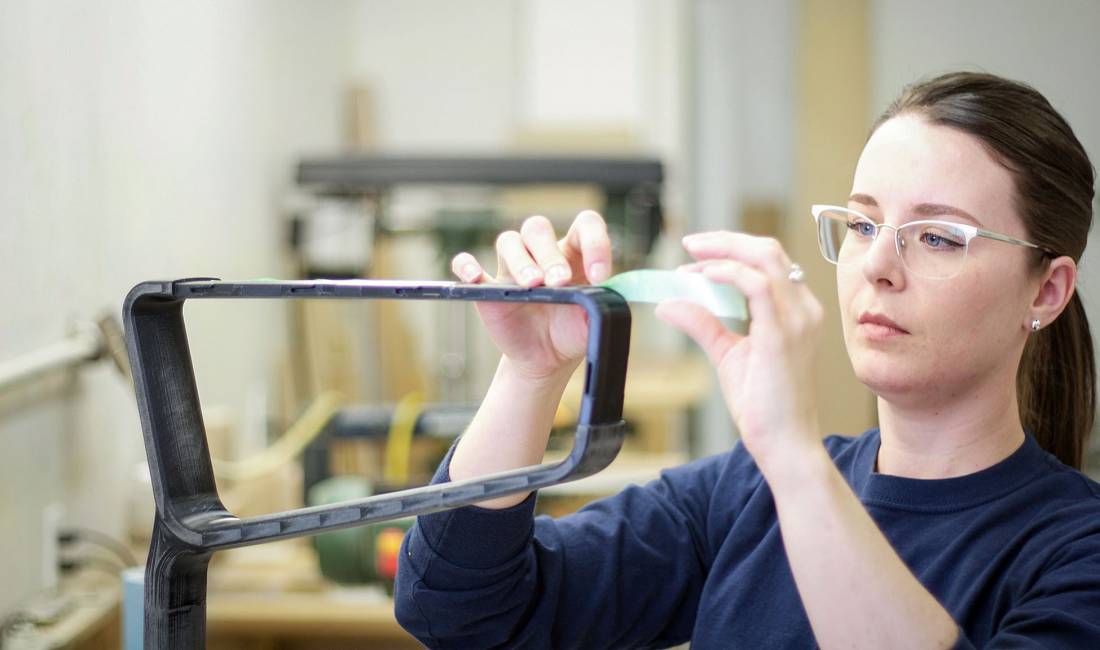Creating Better Learning Environments
Trend | November 30, 2020
From the front door to the classroom, how a learning space is designed can impact performance and influence how students feel when they're in school—as well as how they feel about their school. A study by McGill University has examined the direct connection between space and learning.
Titled, Research-Informed Principles for (Re)designing Teaching and Learning Spaces, the study identifies key space planning strategies that support active learning—an approach that engages students with course material through discussions, problem solving, case studies and other methods. Below is a summary of some of these key principles of active learning, along with some thought starters for furniture to support them.
Active Learning Principle: Engagement
Spaces that promote individual, active engagement with course content in both digital and analog formats to support different ways of teaching and learning.
To support individual engagement, we look to furniture options that support different types of tasks and preferences for how students need to work in comfort.
Worksurfaces need to be able to support the use of notebooks, textbooks or laptops. To accommodate digital learning materials, multiple screens may be present to display different content at the same time. Easy access to infrastructure and resources like printing, power and internet is essential for both students and faculty.

Global offers a range of seating with integrated tablets that provide ample surface for laptops, tablets and traditional note-taking. Hinged tablets swing up and into position easily, making it easy to sit or stand. Fully upholstered chair options also provide additional comfort and support for a quick chat or an extended class. Our Sirena seating provides this at York School.
Active Learning Principle: Collaboration
Spaces that support active engagement with one another, ensuring students can work both individually and in collaboration.
To encourage collaboration, plan for ways to support face-to-face communication.
Flexible, mobile seating allows groups to form, shift and interact, and individuals to move about easily. Integrating furniture of different heights and shapes keeps sightlines unobstructed for open communication. Incorporating collaboration tools such as whiteboards facilitates group work.
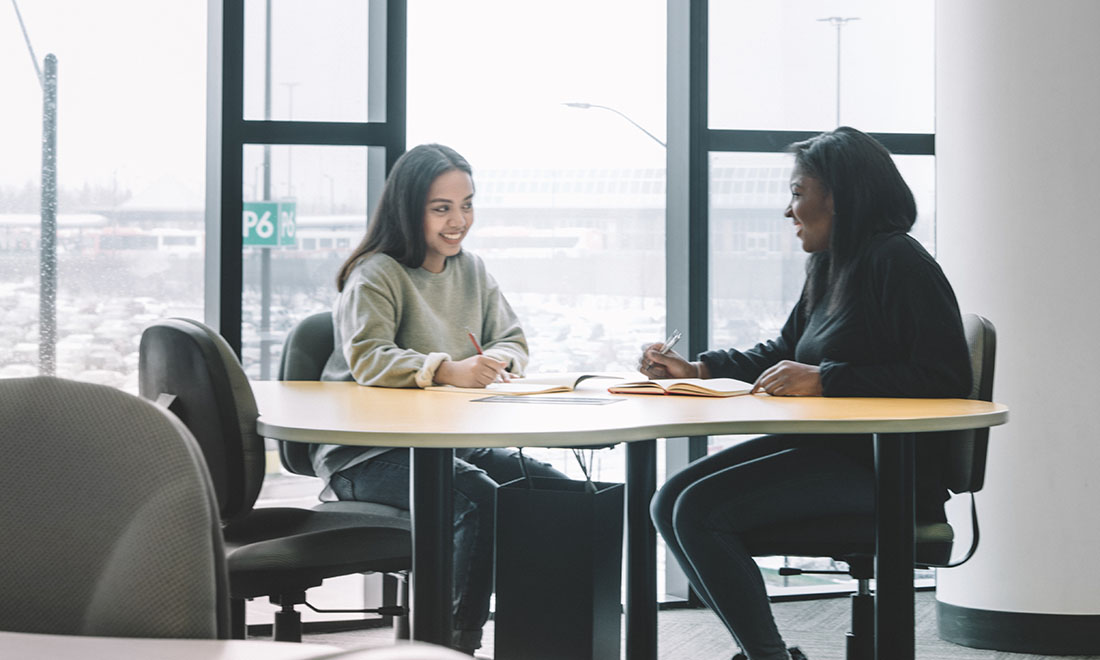
Global offers a range of versatile group and pod tables that create a range of configurations to enable students to work independently or collectively. Our Zook pod tables at this Leading Post-Secondary Institute (above) and Terina tables at York School (below) help facilitate this.

Nesting chairs like Global’s Spritz can be tucked away when not in use to create more space within the room.
Active Learning Principle: Communication
Spaces that facilitate communication and interaction between students and faculty.
To support open communication, spaces need to provide easy access to all students and faculty. Furniture should be specified to avoid impeding sightlines and planned in a way that creates clear pathways to access others.
Using flexible and mobile furniture that can be moved around ensures a range of teaching strategies are supported throughout the day.
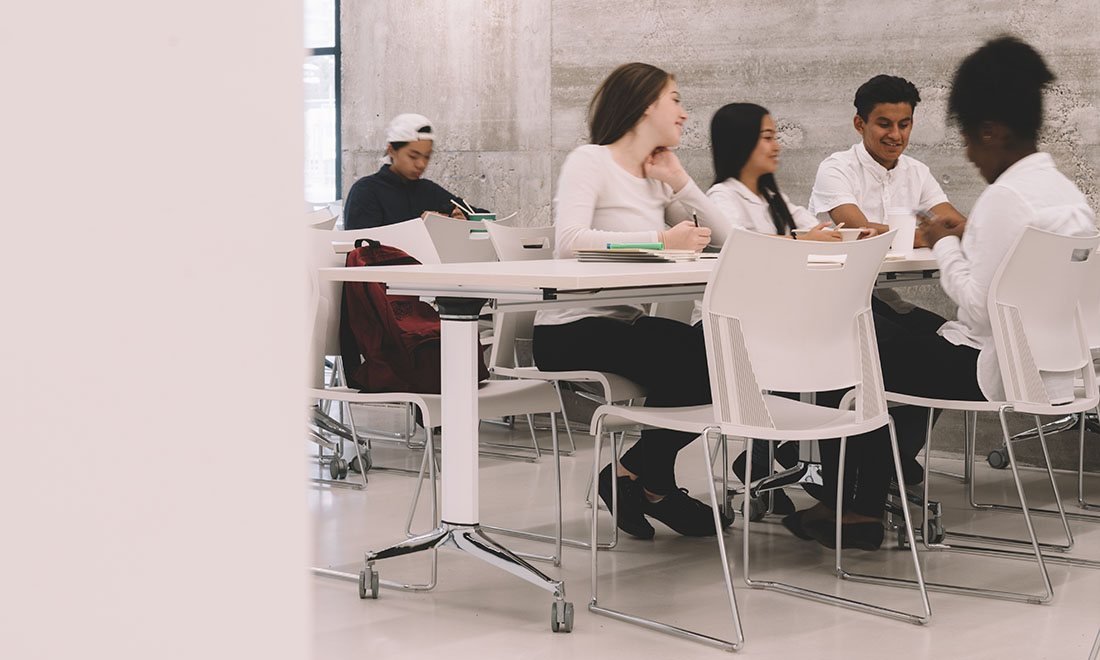
Global offers a range of multi-purpose tables. Features like a simple flip-top mechanism are designed for single-handed operation. Flip-top tables are also able to nest in an upright position to minimize storage space.

Global's Terina mobile tables at York School (first image) and McMaster University (second image) can quickly adapt a space to suit learning needs.
Active Learning Principle: Community
Spaces that reflect the university’s culture and priorities and be designed with future flexibility in mind.
To nurture community, furniture can help extend the learning experience across both formal and informal learning spaces, inside and outside the classroom. A range of seating types allows for different postures and comfort to support activities of a few minutes, a few hours, and those that are individual or social in nature.
Reconfigurable and mobile furniture ensures spaces can be adapted for a variety of learning approaches over the short term or long term.
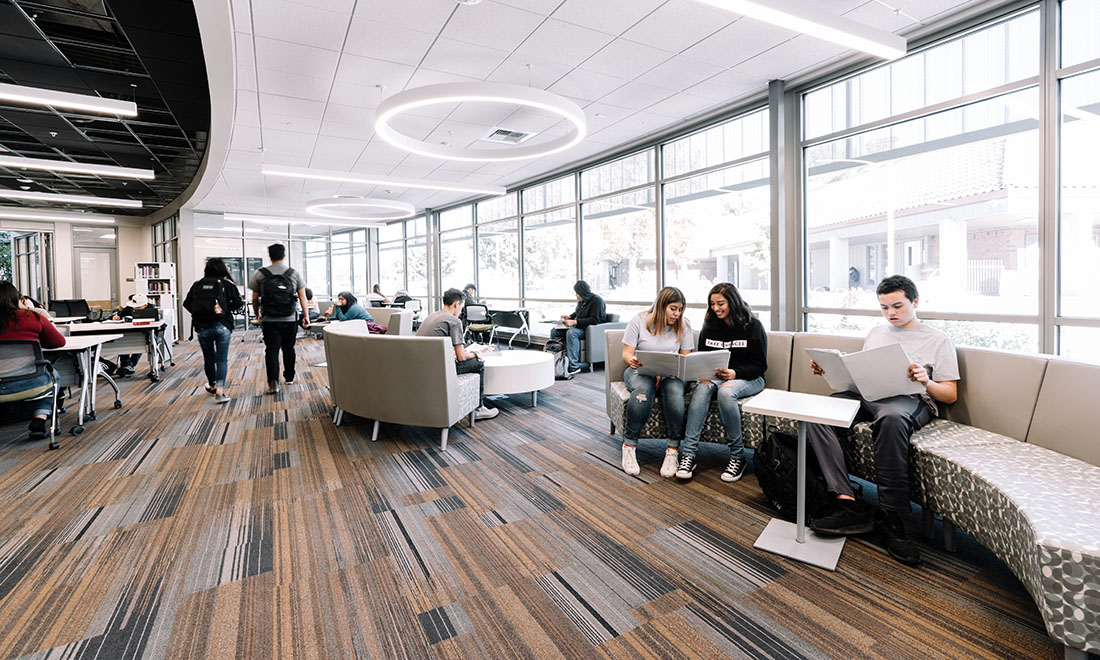
Global offers a range of flexible and modular seating that is simple to reconfigure.
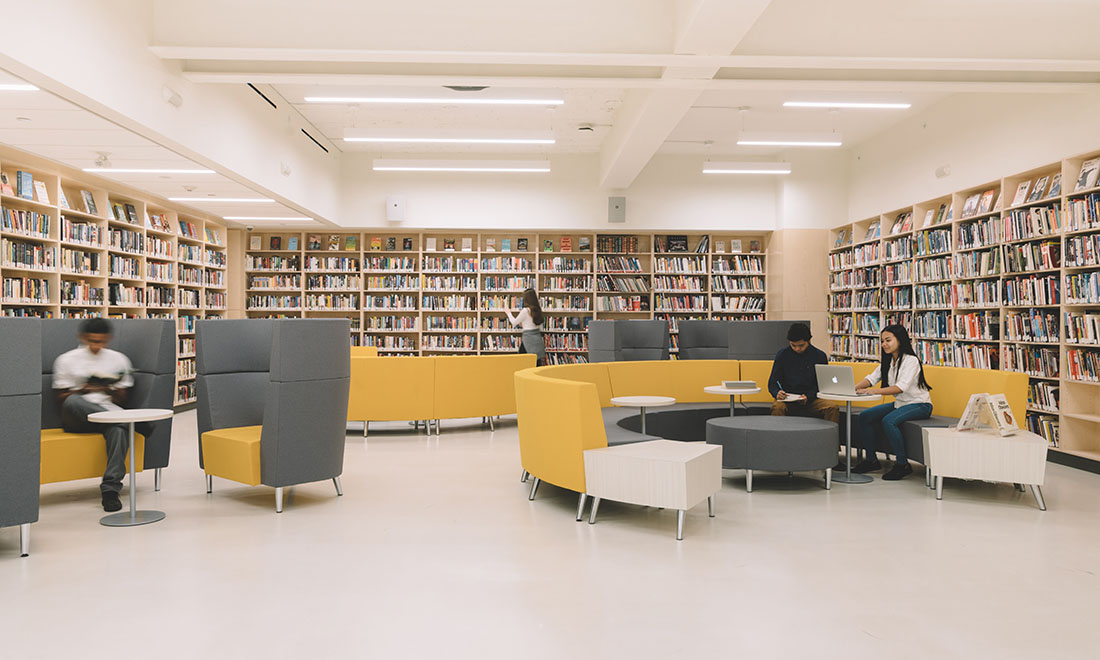
Available in 120-degree and curvilinear shapes, River+ provides limitless planning possibilities at Yerba Buena High School (first image) and York School (second image)—from lounge areas to classroom breakout groups to learning common spaces, while maintaining a consistent look across campus.
Space, and the furniture within it, is a powerful tool in helping facilitate engagement, connection and community: the key outcomes of successful active learning strategies.
Enjoy this article? Don't forget to share.




